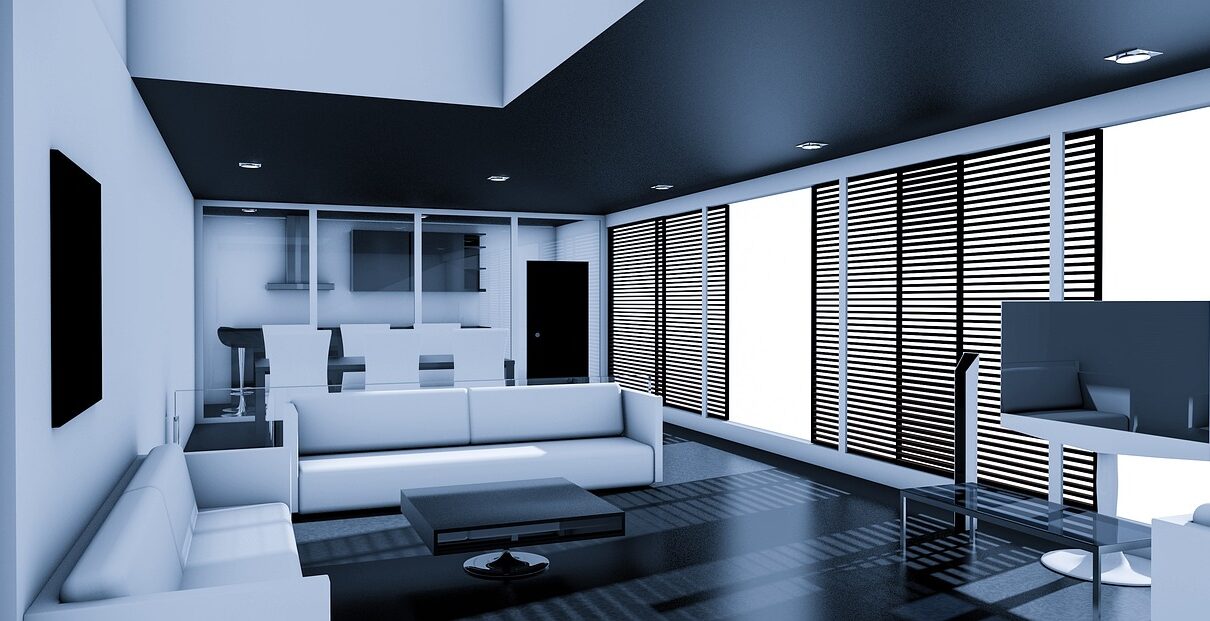As we age or face physical limitations, our living environments play a crucial role in maintaining independence and quality of life. Adaptable living spaces are designed to accommodate the specific needs of seniors and disabled individuals, providing accessibility, safety, and comfort. In this blog post, we will explore the benefits of adaptable living spaces and discuss design solutions and accessibility features that promote independence and mobility.
The Importance of Adaptable Living Spaces
Adaptable living spaces address the unique challenges faced by seniors and disabled individuals, allowing them to continue living independently and comfortably in their own homes. These spaces are designed with flexibility and usability in mind, making daily activities more manageable and reducing the risk of accidents or injuries. By creating an environment that supports individual needs, adaptable living spaces can significantly enhance the overall well-being and quality of life for seniors and disabled individuals.
Best Smart Locks for Adaptable Living Spaces
Smart locks add to adaptable living spaces, providing safety and ease of access for seniors and disabled individuals. Here are a few of the best options:
- Wi-Fi Smart Lock: Compact and highly reliable, a Wi-Fi smart lock allows you to lock and unlock your door remotely through an app. You can also grant access to visitors and monitor who is coming and going with a 24/7 activity feed.
- Assure Lock SL: This keyless entry smart lock offers a touchscreen keypad for those who prefer not to use a smartphone. It can be integrated with Alexa, Google Assistant, and HomeKit for voice commands, adding an extra convenience layer.
- Encode Smart Lock: Known for its robust security features, the encode smart lock supports access codes, smartphone access, and voice control. It’s perfect for those looking for a smart lock with multiple access options.
- Security Smart Lock Touch: With four ways to unlock – fingerprint, keypad, key, and smartphone – the smart lock touch offers flexibility for different users. It also features an automatic lock function for added security.
These smart locks are convenient and enhance the safety and independence of seniors and disabled individuals in their adaptable living spaces.
Design Solutions for Adaptable Living Spaces
- Open Floor Plans: Open floor plans create spacious and unobstructed living areas that are easy to navigate, particularly for individuals using mobility aids such as wheelchairs or walkers.
- Wide Doorways and Hallways: Wide doorways and hallways allow for easy movement throughout the home, accommodating wheelchairs and other assistive devices.
- Zero-Step Entries: Removing barriers like steps at entrances ensures easy access for individuals with mobility challenges. Ramps or gradual slopes can be installed to eliminate the need for stairs.
- Lever Handles and Rocker Switches: Lever handles on doors, and rocker switches for lighting and electrical outlets are easier to operate for individuals with limited dexterity or strength.
- Adjustable Countertops and Cabinets: Installing countertops and cabinets at varying heights allows for easy access and ensures that workspaces can be comfortably used by individuals of different heights or those in wheelchairs.
Accessibility Features for Adaptable Living Spaces
- Grab Bars and Handrails: Strategically placed grab bars and handrails provide stability and support in key areas such as bathrooms, hallways, and staircases.
- Non-Slip Flooring: Choosing non-slip flooring materials reduces the risk of slips and falls, providing a safer environment for seniors and disabled individuals.
- Bathroom Modifications: Accessible showers with roll-in capabilities, grab bars, adjustable showerheads, and raised toilets are essential for creating an accessible bathroom.
- Smart Home Technology: Incorporating smart home technology, such as voice-activated controls or automated lighting, can enhance convenience and accessibility for individuals with limited mobility or dexterity.
- Well-Lit Spaces: Ample lighting throughout the living space, including task lighting in key areas, aids visibility and reduces the risk of accidents.
Adaptable living spaces promote independence, comfort, and safety for seniors and disabled individuals. By incorporating design solutions and accessibility features, these spaces can meet the specific needs and challenges faced by individuals with physical limitations. Creating a home environment adaptable to changing circumstances enhances the quality of life and allows individuals to age in place and maintain a sense of autonomy.



